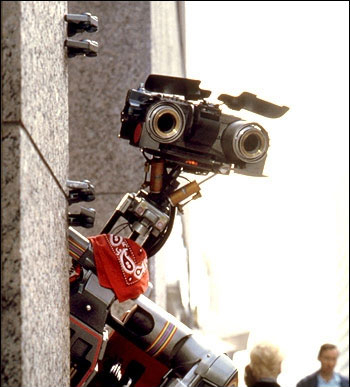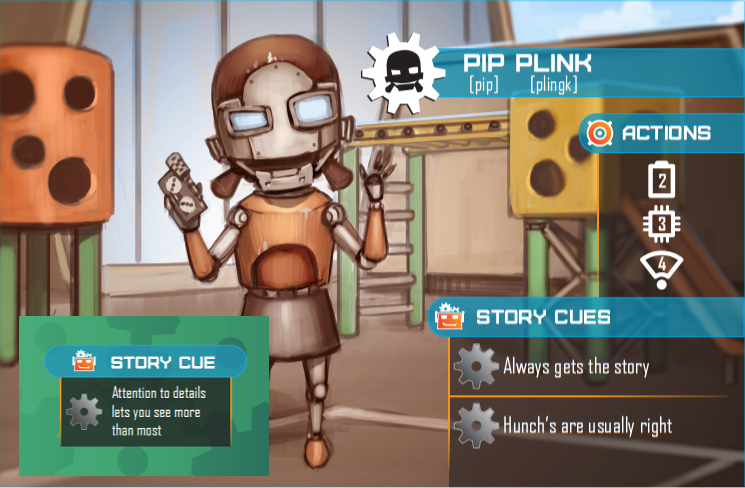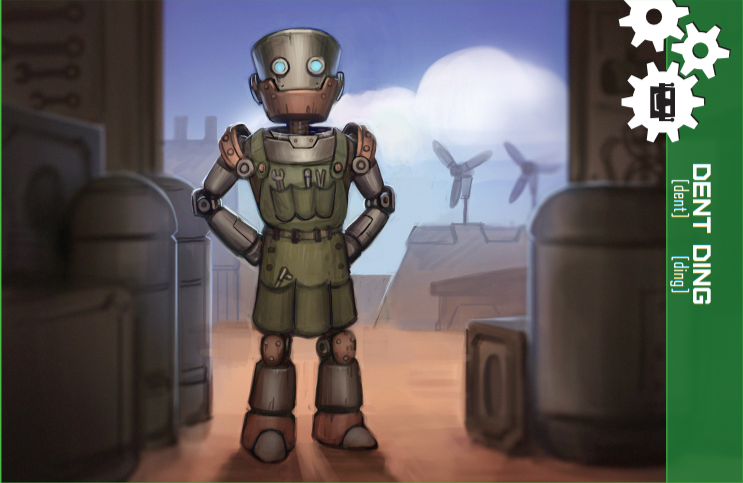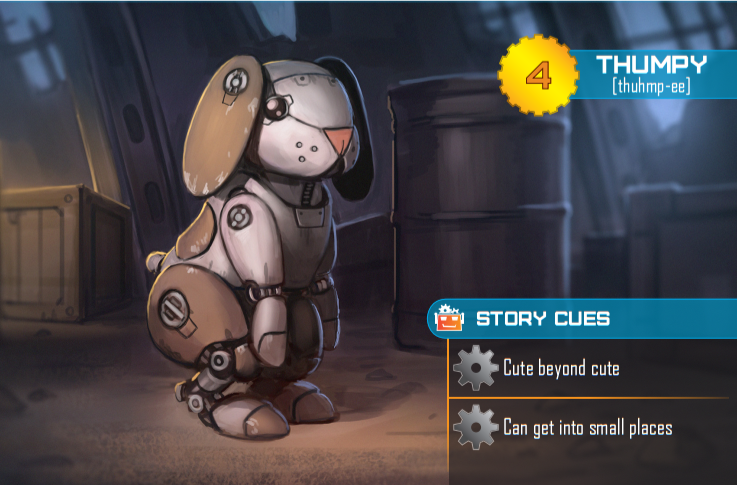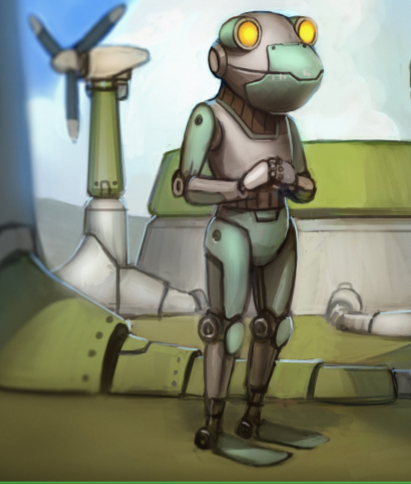Even as the board gaming world continues to evolve, we’ve yet to shake off the notion that children’s games must either be limited to rudimentary Candy Land style affairs with few choices or simple pattern-matching or dexterity games that don’t requite much thought. Somewhere along the way, people rationalized that kids wouldn’t be able to handle games that require creative thinking, problem solving, or the ability to adjust to changing situations.
Those people need to spend more time with them.

The Lion King was popular not just for the songs but also the depth of story.
(Thanks Shakespeare! )
It is true that the youngest among us are naturally drawn to things that are lively, bright and animated. That’s why Disney continues to entrance generation after generation after all. Yet the best stories resonate with children not because they’re simplistic and overly hand-fed, but rather quite the opposite. Whether it’s movies or gaming, children are able to process far more than most of us give them credit for, including somewhat complex or nuanced issues.
In fact, while they may not have the same level of understanding that adults do, their unique way of absorbing information and approaching issues from their unique perspectives often leads to solutions grown-ups never consider. Ingenuity and imaginative thinking are a handy way of trying to understand and learn about about the world around us, and kids do this by default.
In other words, not only are children capable of handling basic roleplaying games – they’re already primed to excel at them. All they need is the right delivery.
Enter, Robit Riddle, the inaugural title from designer Kevin Craine of Baba Geek Games. In this lightweight narrative-driven game for 1-6 people, players portray robots trying to solve the mystery of their missing pet robits simultaneously disappearing. Naturally, the robots are all a bit upset over their missing friends, and it’s up to your group to try to find out what happened to them.
In this realm, the inhabitants share the same anxiety normal humans would if some of our furry friends up and vanised. We’d be concerned and upset and we’d want answers. Mostly, we’d hope they’re ok. Like us, the robots of Robit Riddle see their robits more as a member of the family, and as you explore the world that becomes very evident. Rather than present to you a world of robotic logic devoid of heart or emotion, the world of Robit Riddle is indeed quite alive, giving players – especially children – an easy means of relating to their characters. And for that alone, the game has merit.
So come on down to Tink Town, a charming little place in need of your help to recover their missing pals. If you imagine a town where you’d find WALL-E, Johnny 5, and Baymax all hanging out together, this would be it.
The second aspect that makes Robit Riddle appealing to casual audiences is its easy to understand rules. RPGs – even basic ones – can be challenging for younger players, but this game is able to engage even small players without overwhelming them.
Every playthrough works roughly the same way. First, each player gets their starting character, complete with a little background on the role and possible contributions you may bring to the journey. Like most lightweight narrative games, much of what’s provided in Robit Riddle is sparse on detail by design. In games like this, providing the player too much detail can take away from the storytelling side, whereas provide too little and players won’t know what to do. Thankfully Robit Riddle is like an intro-level Goldilocks, offering a guided story-focused experience without ever going so far as to prevent players from making their own meaningful decisions. It’s a delicate balance, but it’s well executed here.
Every character starts with a few innate Story Cues, as well as varying strengths in the game’s three skills: Battery (strength), Processor (intelligence), and Scanner (observations). Combined, these skills and Story Cues make up your character’s special contributions to the party to be used throughout each playthrough to overcome obstacles.
In addition, the game comes with a series of Encounter and Location cards that players may come across during their adventures, along with additional Story Cue cards that can be gained as a result of their choices. These cards are brought into the game when called for by story itself.
The core of this game, however, rests with its Storybooks. Unlike a completely open-ended tabletop experience, Robit Riddle utilizes a Choose Your Own Adventure style approach to its storytelling, walking players through possible outcomes in the story by having them make short but straightforward decisions along the journey. After choosing a Storybook for your game, the first player begins the quest.
Most Storybook pages have a snippet of the tale along with a choice to make. Some choices are simple ‘fork in the road’ decisions over which direction to go, while others present a challenge the group must try to overcome. In those cases, you select your character – or an ally NPC – along with which of the three actions you wish to use. You then roleplay how and why your chosen character decides to respond to the situation and roll dice equal to the character’s strength in that trait. Finally, the book will tell you how to proceed, according to whether you succeed at your test (or not).
Often you won’t be able to succeed alone, though, and you’ll need to turn to your teammates to help. This is done through the Story Cues. Each Story Cue guarantees a success if they can roleplay how that Cue helps the situation. But choose carefully, as each Cue can only be used once per game.
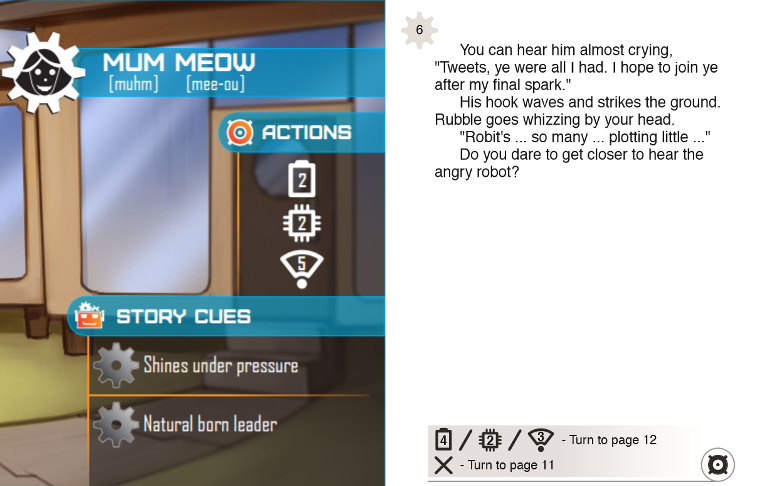
With her highest trait in Obervation, Mum will try to talk to the angry robot and try for 3 successes.
Prototype Shown
The game’s excellent use of the Storybook approach for roleplaying structure also explains the game’s play time. While some story plots will take you through multiple Locations and more than a few Encounters with specific robots, a wrong turn or failed action can quickly send you to the dreaded THE END at the end of a page. Games of Robit Riddle can be over in as little as 10 minutes depending on your party’s decisions. In any case, when the game ends players add up the VP of various cards to see how well their group fared.
Although this can make some runthroughs somewhat anticlimactic, the plus side is that this approach allows players of most ages to participate in easy to digest story segments. This avoids the common issue in many intro-to-RPG games where younger or more casual players either become frustrated with or disengaged from the story, thereby causing the game to either drag out or be abandoned. Instead, the combination of the overarching robits mystery with the short play times usually leads to players wanting to immediately try the game again. It makes sense: you can’t discover the fate of every robit in a single playthrough, and so the only way to learn what happens with Atchoo, Yakkie, Thumpy, and the rest of the robits is to play again.
Which leads us to the third selling point of Robit Riddle, being the game’s flavor. Beyond being playful and inviting, the artwork to this game is downright enchanting. Not only does the artwork give life and personality to the various robots and settings presented, but the robits themselves are beyond cute. Just look at them:
Sheesh, no wonder the robots want them back.
The artwork is so evocative and fitting that it’s almost worth playing just for the visuals alone. In that sense, it’s a shame that you only see a portion of the Encounters and/or robits during each playthrough.
In all, Robit Riddle comes across well developed and thought out. The only area players may run into reservations isn’t so much with the game itself as the type of game it is. Like most RPGs, much of the game’s enjoyment is derived from how into the storytelling players are willing to get. Robit Riddle doesn’t require extensive or lengthy answers, but it does assume that you’ll at least engage on the narrative side to bring out what makes the game truly work.
For a game all about robots, Robit Riddle offers up a host of inescapably positive human qualities that shine through as brightly as its chrome plated characters. Clearly aimed at younger players but is just as suitable for families and casual gamers, Robit Riddle succeeds at being one part introductory RPG, and one part Choose Your Own Adventure tale, all while guiding players through a series of ongoing quests to recover their criminally adorable pet robits. This combination of literary styles provides enough framework to move players along while still giving your group the freedom to flesh out the story as you desire.
Showcasing quick playthroughs, light rules, and basic though enjoyable storytelling, Robit Riddle hits the ideal blend of desirable traits you want in a Gateway-level narrative game. It’s simple, accessible, and above all encourages you to play it again in short order, underscoring that Robit Riddle is far more than the sum of its gears. If you’re up for helping build up this adorable little world of potential, then head on over to its Kickstarter and lend a mechanical hand.
This project has earned the Seal of the Republic
Photo Credits: Robit Riddle cover and artwork by Baba Geek Games; Simba by Walt Disney Studios; Johnny 5 by Sony Pictures.

